While electric vehicles have been available for some time with Elon Musk’s Tesla at the forefront, the first all-electric Class 8 semi truck didn’t hit the roads until 2022.
Electric semi truck manufacturers, as well as truck rental companies, expected transportation companies to jump at the chance to change from diesel to battery-powered. However, that has not quite proven to be true. The fact is that electric semi trucks are simply far too expensive.
Electric Semi Trucks Are Not Selling Well

In 2022, Tesla released the Tesla Semi, a fully electric Class 8 powered by a giant rechargeable battery. Later that year, beloved semi truck manufacturer Freightliner created its own electric Class 8, the eCascadia.
However, over the past two years, hardly any of either vehicle has been sold. As of December 2023, only 100 Tesla Semis were in circulation, and Freightliner has only sold 50 trucks in total. Rakesh Aneja, head of eMobility at Daimler Truck North America, which manages Freightliner, even said, “Quite frankly, demand has not been as strong as what we would like.”
Truck Rental Companies Are Struggling to Move Electric Semis
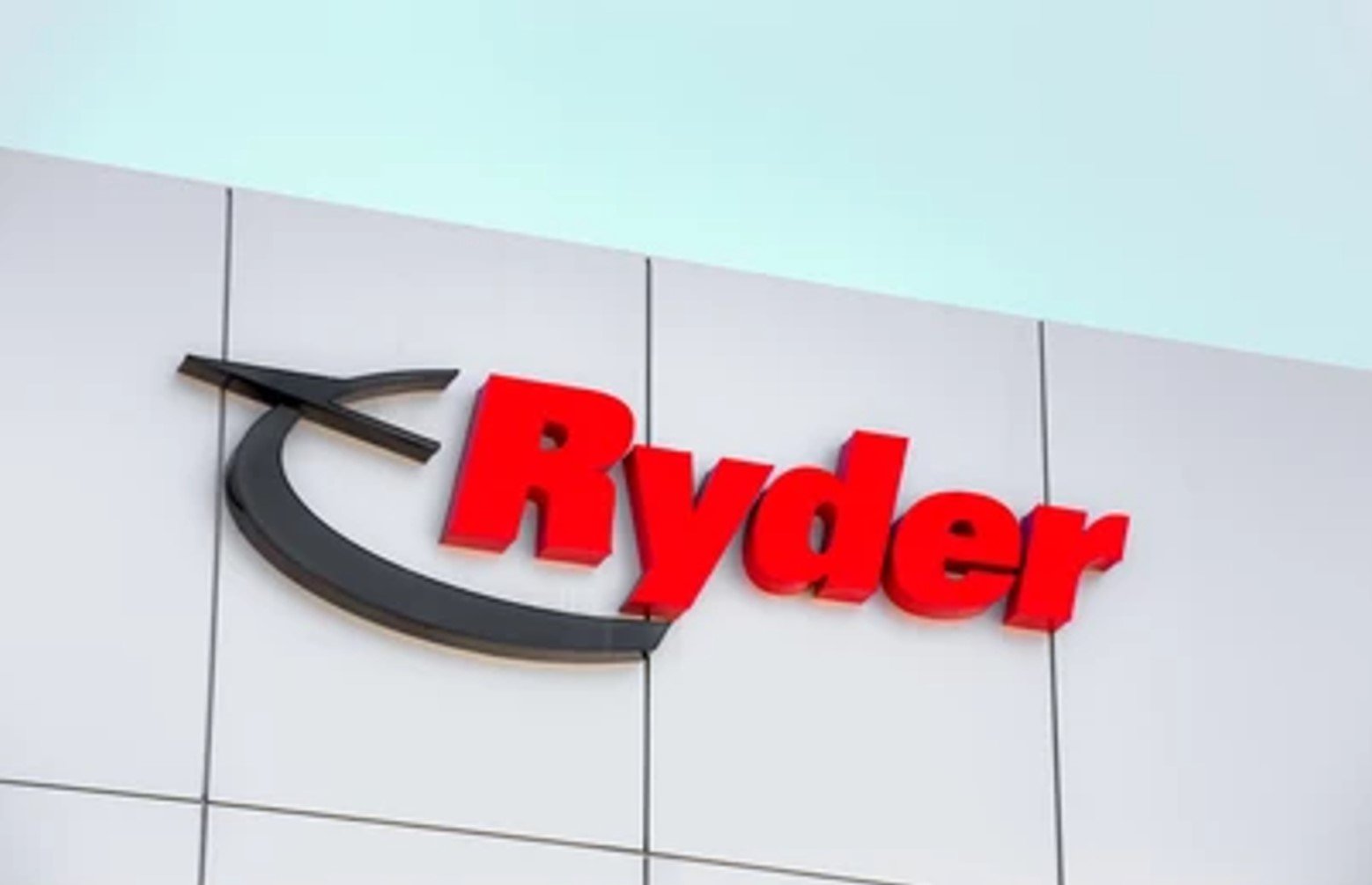
Because semi trucks are so expensive, there is a large rental industry throughout the United States. One truck rental company, Ryder System, believed that with the release of electric semis, customers would be begging for them.
However, while Ryder manages 250,000 trucks for thousands of retailers and transportation companies, it has only rented 60 electric trucks over the past two years, and most of them were light-duty trucks, not the semis made by Tesla and Freightliner.
Electric Semi Trucks Are Simply Too Expensive for Companies

Usually, there are many reasons why a certain product doesn’t thrive in the market, but in the case of electric trucks, it really just comes down to the cash.
A Tesla semi costs between $150,000 and $180,000, and the Freightliner eCascadia starts at $139,000. While a new standard diesel-powered semi can cost about $200,000, most companies buy them used for less than $70,000. Therefore, the average diesel semi costs less than half an electric model.
How Much Does It Cost to Operate an Electric Semi Truck?

However, the complaint that electric trucks are too expensive is not really about the initial price tag but the excessive operational expenses.
Ryder Systems calculated that a company that owns 25 commercial vehicles, including at least 10 Class 8 trucks, would have to pay 56% more, or $3.4 million per year, to convert its fleet from diesel to electric.
Maintenance Costs Are Much Higher for Electric Trucks
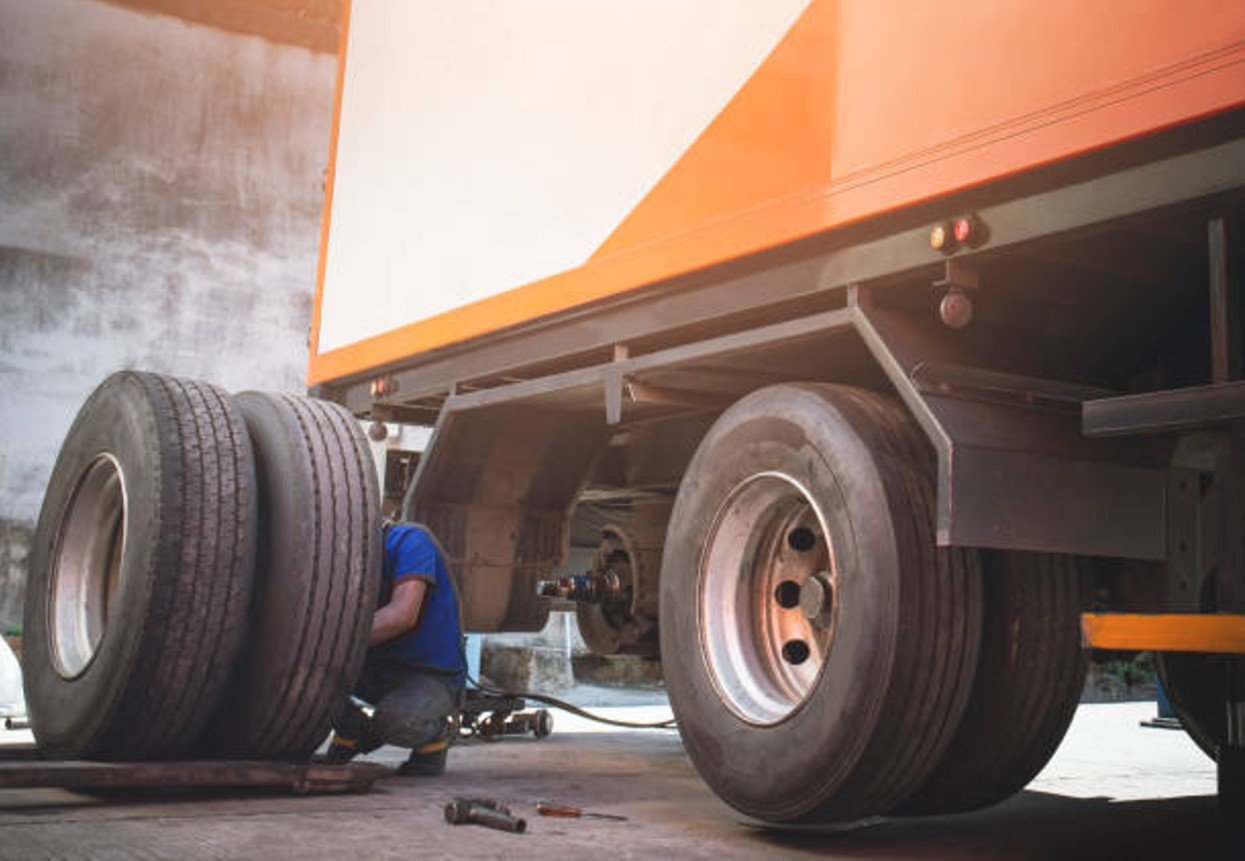
First and foremost, compared to diesel trucks, electric semis are far more expensive to maintain. Because of the excessive weight of the batteries, the tires wear out far quicker than those on standard trucks and are extremely expensive to replace.
Additionally, very few mechanics have the capacity to fix any internal or external issues, so all maintenance issues need to be assessed by a specialist. Not to mention that the parts are hard to find and therefore much pricier.
It Takes More Trucks and More Drivers for the Same Work

Ryder also explained that a large portion of the added operational costs of working with an electric fleet are related to the need for an additional driver and two extra rigs per existing truck to perform the same tasks as a diesel fleet.
That is because trucks and, consequently, their drivers need to stop and charge for hours between deliveries. This slows transportation times significantly, which can also result in profit loss.
Charging Stations Are Not Readily Available

Speaking of charging, the unfortunate truth is that there are simply not enough electric vehicle charging stations around the country to ensure these trucks can get where they need to go.
As of 2024, there are roughly 60,000 electric charging stations in the United States. However, 14,000 of those are in California, while Louisiana has only 190 and Wyoming has just 81. Most of these transportation companies drive across state lines every day, and if they don’t know that a charging station is available on their route, they absolutely cannot use an electric truck.
Electric Semi Trucks Would Significantly Help the Environment

Although it may seem as though electric semi trucks have only downsides, there are, of course, benefits. Arguably, the most important is that these trucks could significantly minimize carbon emissions in the U.S. and the negative side effects of climate change.
According to recent data, Class 8 semi trucks emit 25% of the total greenhouse gas emissions created by U.S. transportation. And as the U.S. transportation sector is responsible for 22% of total CO2 emissions, eliminating diesel-powered trucks could make a real and lasting difference for the environment.
The EPA Desperately Wants America to Go Electric
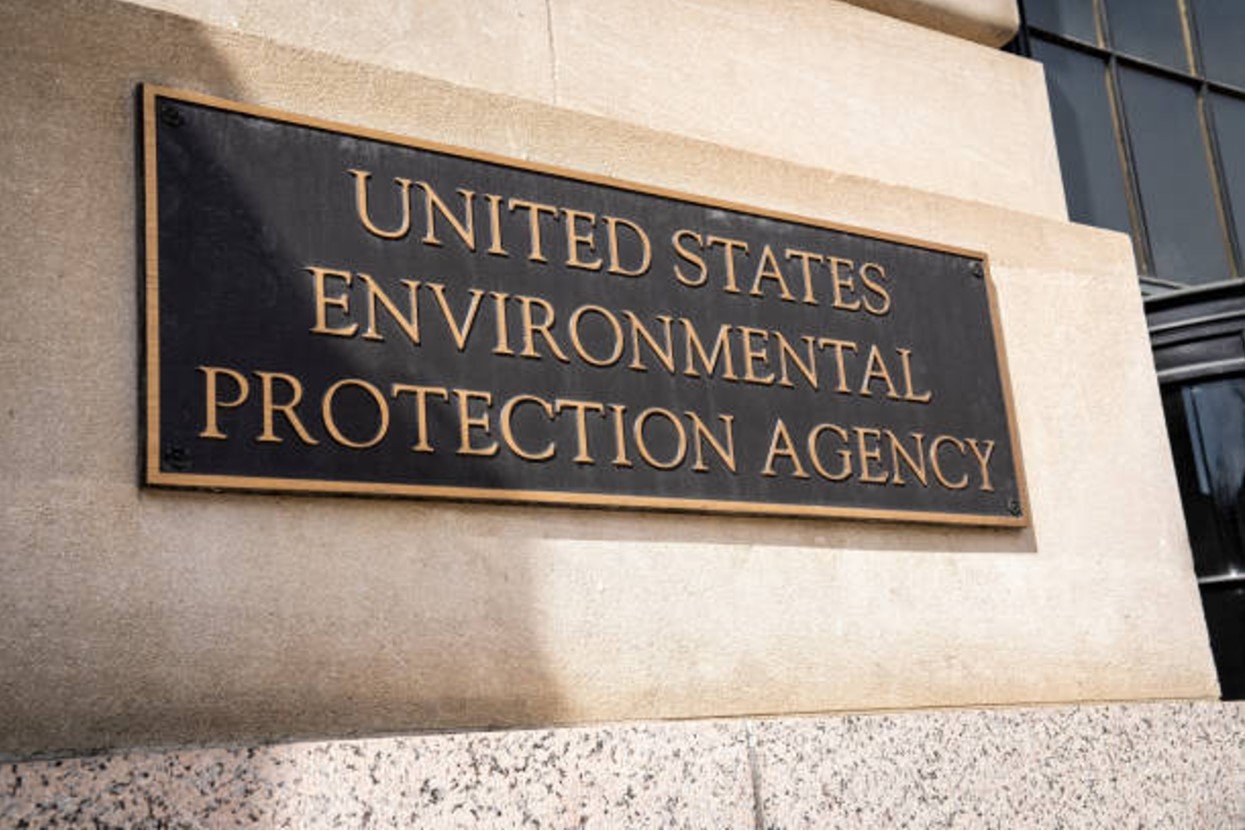
It should come as no surprise that the United States Environmental Protection Agency (EPA) desperately wants to remove diesel-powered semi trucks from the road and replace them with electric models.
In March 2024, the EPA even announced its new emissions standards for heavy-duty trucks, which will ensure that the majority of semi trucks sold in the U.S. between 2027 and 2032 are fully electric.
The American Trucking Association Says It’s an Impossible Task

It’s likely that many American companies and organizations, including the American Trucking Association, are going to fight back against the EPA’s latest mandate. According to them, what the government is asking for is simply impossible.
In order to actually replace a diesel-powered fleet with an electric one, they need to make significant changes to the vehicles, including increasing their range, lightening the battery and lowering the maintenance costs. Of course, they’ll also have to build more charging stations in middle America.
Electric Semi Trucks Just Don’t Make Sense
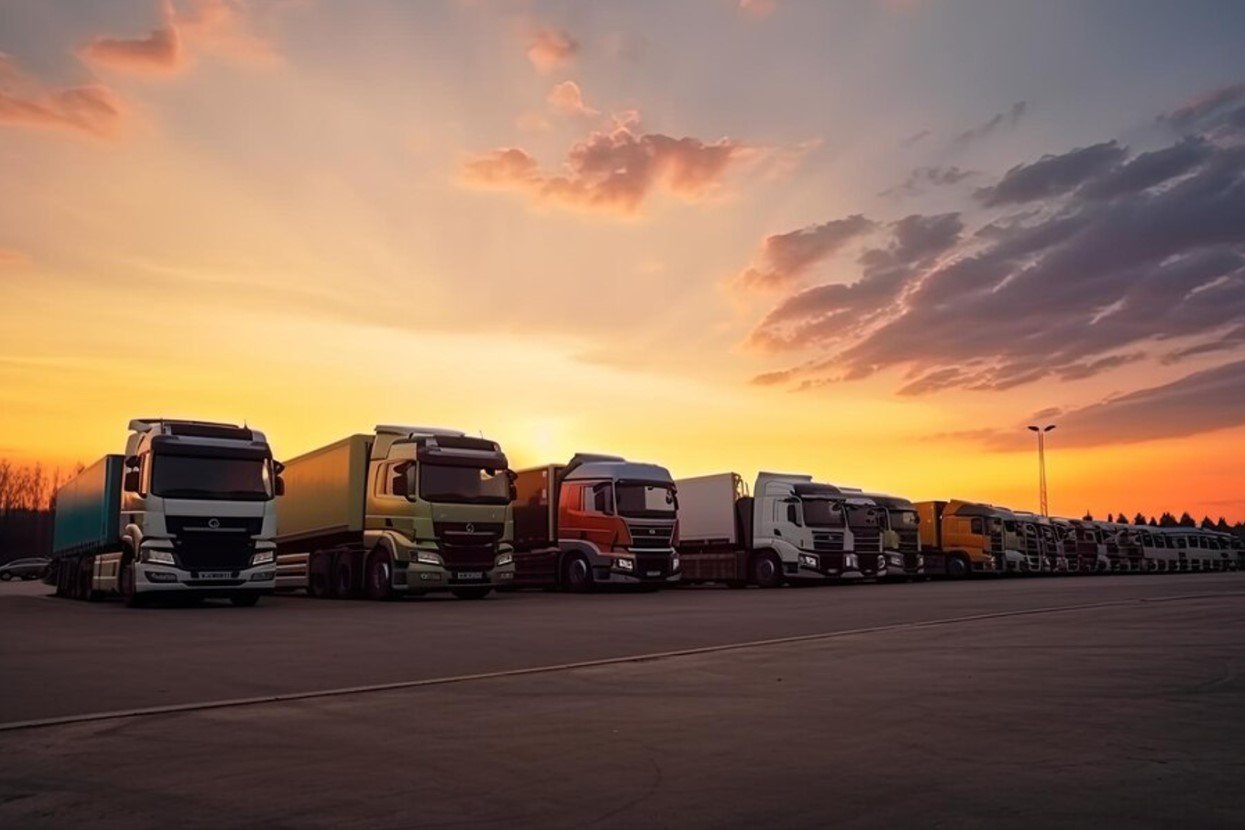
The world was incredibly excited when the first electric semi trucks were released in 2022, but it’s become glaringly obvious that they are not a practical option.
Many of these trucking companies care about the planet as much as anyone else. However, at more than double the operational cost of a diesel truck, Ryder’s CEO, Robert Sanchez, explained, “The economics just don’t work for most companies.”
Making the Transition
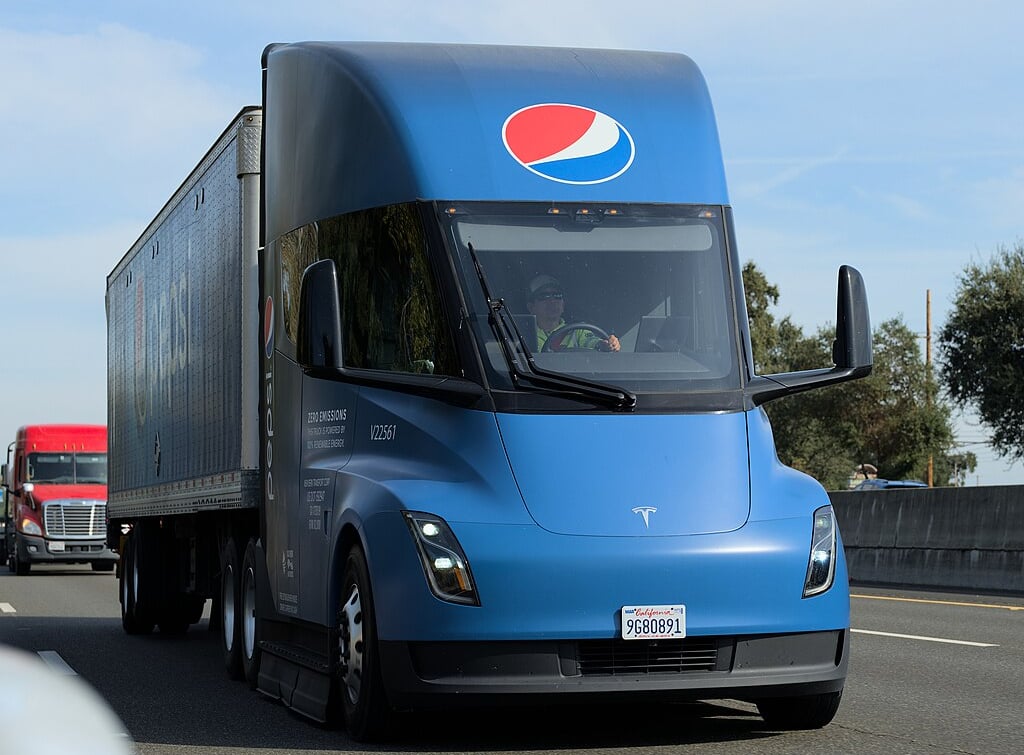
Transitioning from traditional diesel to electric semi-trucks involves more than just a change in fuel sources.
Technological advancements and economic factors influence the adoption of electric trucks, offering fresh insights into their operational costs compared to diesel counterparts.
Advances in Battery Technology
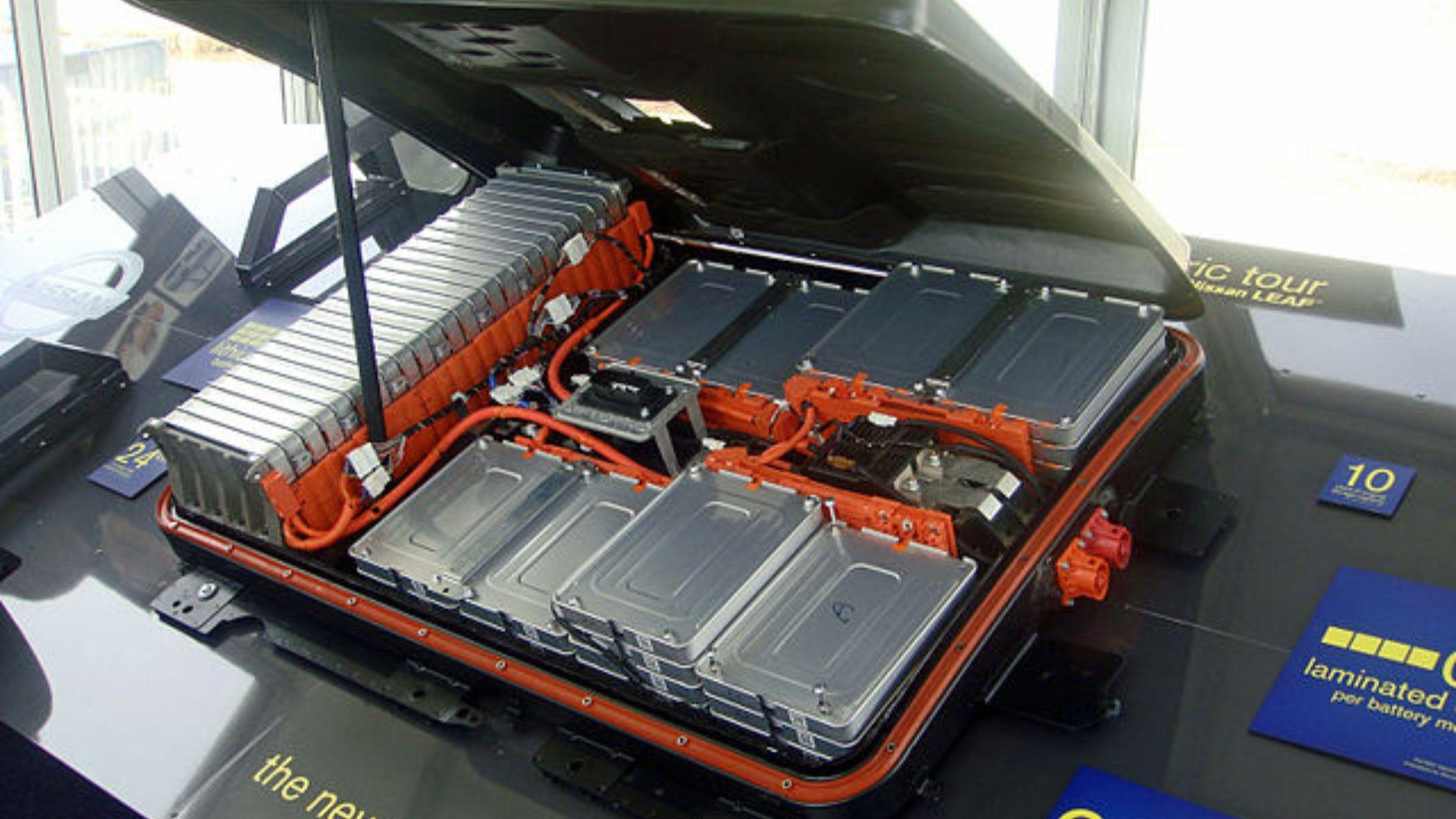
Solid-state batteries represent a significant leap forward for electric semi-trucks, potentially reducing both the weight and the cost of batteries while increasing their efficiency.
Such advancements are crucial for improving the range and reducing charging times, making electric trucks more competitive.
Regenerative Braking Systems

Regenerative braking systems convert a vehicle’s kinetic energy into electrical energy, which is then stored in the battery.
This technology not only extends the driving range but also lowers the energy costs associated with long-haul electric trucks, presenting a significant saving over time.
Government Policies and Electric Truck Adoption

To support the transition to electric vehicles, various government policies have been implemented.
These include financial incentives like tax rebates and subsidies for infrastructure development and EV deployment, which can significantly lower the entry barriers for companies considering electric trucks.
Tax Credits and Grants

Specific tax credits and grants, such as the Commercial Clean Vehicle Tax Credit, are available to businesses that invest in electric trucks, aiming to mitigate the higher upfront costs.
Such financial support can make electric trucks a more viable option for fleets, particularly when combined with potential fuel and maintenance savings.
Lifecycle Costs: Electric vs. Diesel Trucks

While electric trucks have higher upfront costs, their lifetime operating expenses can potentially be lower due to savings on fuel and maintenance.
Companies need to consider these long-term benefits when evaluating the total cost of ownership.
Economies of Scale

As production volumes increase, the costs of manufacturing electric trucks and their components are expected to decrease.
This trend, observed in other technology sectors, suggests that electric trucks could become more financially attractive as the market matures.
Environmental Cost-Benefit Analysis

Electric trucks offer a substantial reduction in CO2 emissions compared to diesel trucks.
This significant environmental benefit can be incorporated into cost-benefit analyses and provide a strong economic argument in favor of electric trucks.
Technological Milestones and the Future Outlook

The next decade is likely to see significant advancements in trucking technology, including ultra-fast charging and possibly even autonomous driving features for electric trucks.
These innovations could dramatically enhance operational efficiency and safety.
Electric Truck Integration

Several pioneering companies have already integrated electric trucks into their fleets, including Daimler AG, DAF Trucks, and Ford Motor Group.
Looking deeper into these deployments could reveal the practical challenges and unexpected advantages of transitioning to electric vehicles, providing valuable lessons for others in the industry.
Electric Truck Adoption in Different Countries

Globally, the adoption of electric trucks varies significantly.
In Europe, for instance, stricter emissions regulations have accelerated the transition, while in the U.S., adoption is more gradual and influenced by state-specific policies and infrastructure readiness.
Future Directions

As we look toward a more sustainable future, the role of electric trucks becomes increasingly important.
Stakeholders across the industry will undoubtedly continue to evaluate and adapt to new technologies and economic conditions to fully realize the potential of electric freight transport.
